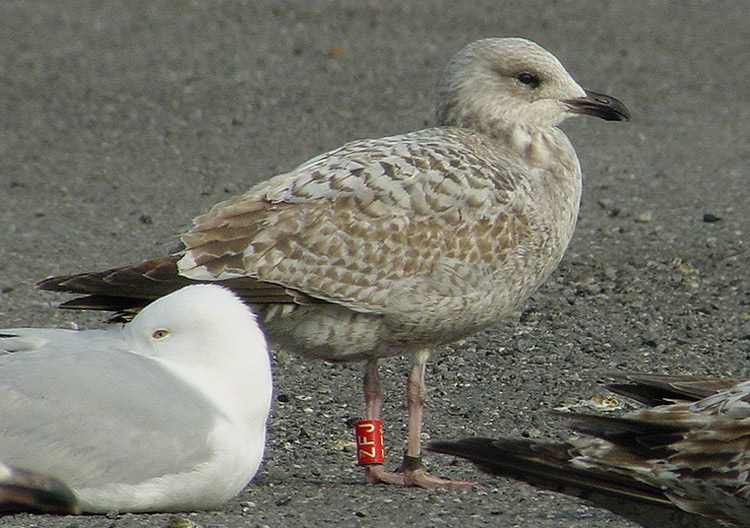 Herring Gull- Zilvermeeuw (argentatus & argenteus)
Herring Gull- Zilvermeeuw (argentatus & argenteus)
(last update:
Herring Gull plumages:
hg 1cy July
hg 1cy August
hg 1cy September
hg 1cy October
hg 1cy November
hg 1cy December
hg 2cy January
hg 2cy February
hg 2cy March
hg 2cy April
hg 2cy May
hg 2cy June
hg 2cy July
hg 2cy August
hg 2cy September
hg 2cy October
hg 2cy November
hg 2cy December
hg 3cy January
hg 3cy February
hg 3cy March
hg 3cy April
hg 3cy May
hg 3cy June
hg 3cy July
hg 3cy August
hg 3cy September
hg 3cy October
hg 3cy November
hg 3cy December
hg sub-ad January
hg sub-ad February
hg sub-ad March
hg sub-ad April
hg sub-ad May
hg sub-ad June
hg sub-ad July
hg sub-ad August
hg sub-ad September
hg sub-ad October
hg sub-ad November
hg sub-ad December
hg ad January
hg ad February
hg ad March
hg ad April
hg ad May
hg ad June
hg ad July
hg ad August
hg ad September
hg ad October
hg ad November
hg ad December
|
Herring Gull ZFJ 2cy (argenteus), March 18 2003, Boulogne/Mer, France (50.43N-01.37E). Ringed as pullus on 10.07.02 at Port of Felixstowe, Suffolk (51.57N 01.19E). Rediscovery: 17.01.03 until 22.01.03 near Needham Market, Suffolk (52.08N 01.05E); 19.02.03 Lowestoft, Suffolk, England (52.29N 01.45E). This individual has almost all scapulars moulted for second generation feathers (upper scapulars: 100% moulted, lower scapulars 75-99% moulted, total: class 75-99% moulted). The last moulted lower scapulars in the lowest row show feathers with a buff-grey base and an anchor pattern on the top. The rear lower scapulars are still juvenile. The upper scapulars, which were moulted earlier, last autumn, are bleached by now and the buffish tones have turned white.
|
